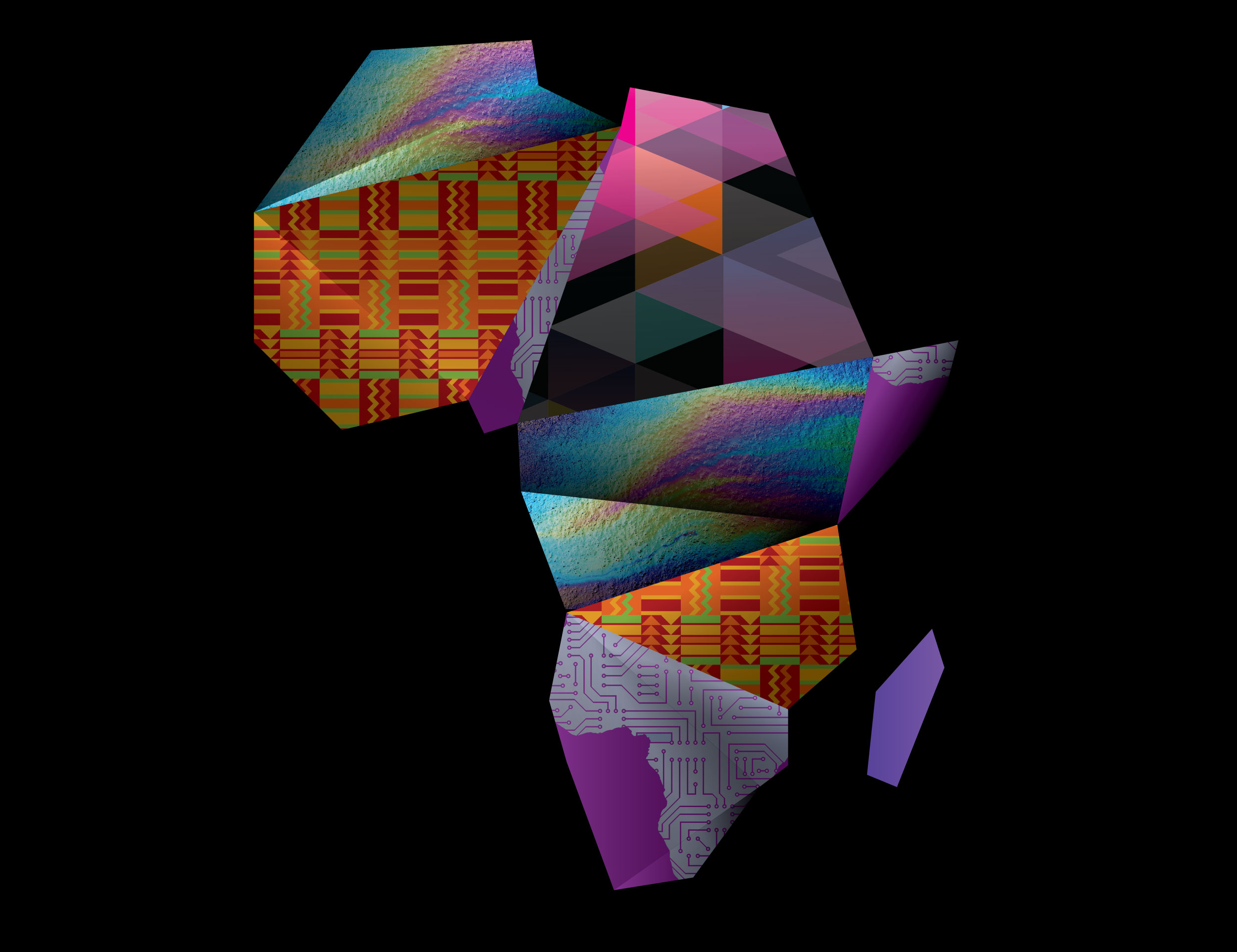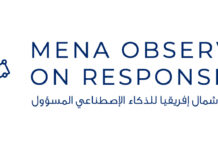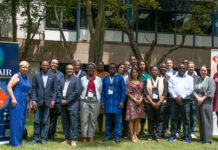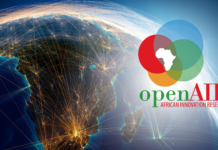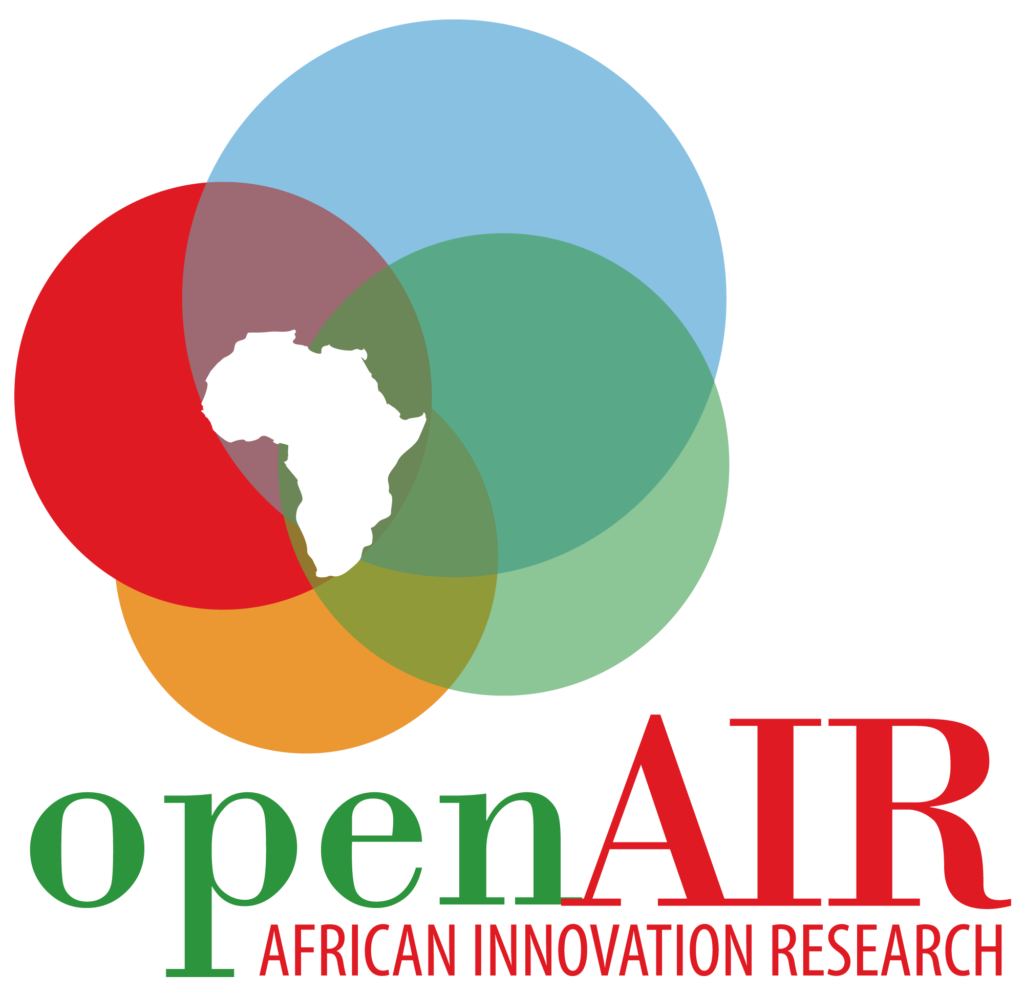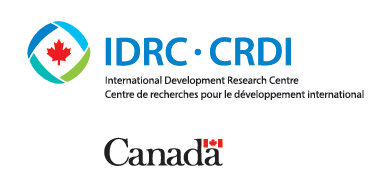By Menna Badreldin
It is challenging to quantify a phenomenon in the same method across countries. Indices are generally a tool to represent a certain issue and to compare it between countries. However, every country has its own variables and values. Indices experts compromise outliers and specific factors for cross-country comparisons. Thus, we can re-describe indices by claiming that they are a tool that brings us only closer to the reality of a certain issue within countries.
As part of the Access to Knowledge for Development Center (A2K4D) research within the Open AIR Network, Professor Nagla Rizk leads the research theme titled “Metrics, Laws and Policies”. The purpose of the researchttps://openair.africa/project/the-american-university-in-cairo-access-to-knowledge-for-development-center/h is to devise alternative metrics to measure innovation activity in both the formal and informal sectors in Africa. The objective is to depict a more accurate reflection of the innovation’s reality taking place on the continent. More on this is presented in the working paper titled “Towards an Alternative Assessment of Innovation in Africa” by Rizk et al (2017) [1].

This research came to my mind when I attended a seminar on the SDGs (Sustainable Development Goals) Index held at the World Trade Center in Cairo in December 2017. The seminar’s purpose was to show Egypt’s rank in the index and its progress in the fulfilment of the SDGs. The seminar included representatives from several governmental institutions such as the Central Agency for Public Mobilization and Statistics (CAPMAS) and academic entities such as Cairo University and the American University in Cairo as well as private enterprises. Guillaume Lafortune, the SDG Index manager of the UN Sustainable Development Solutions Network, gave a presentation explaining Egypt’s profile within the index. The index portrays the nine SDGs and each is calculated through a number of indicators. The results were unexpected. Egypt’s first Sustainable Development goal (No Poverty) scores “green” meaning that the goal is achieved. However, when one comes to look at the indicators of this SDG, we find “poverty headcount ratio at $1.90/day (% population)” and “projected poverty headcount ratio at $1.90/day in 2030 (% population)”. This amount in dollars converts to approximately EGP 33.5/day. Nevertheless, the minimum wage in Egypt is EGP 1200/month (EGP 55.4/day), which translates roughly to $3/day. It is thus misleading to assume that there is no poverty in Egypt. Henceforth, one must critically assess macroeconomic indicators of a country such as inflation rates, exchange rates, and GDP per capita because they vary significantly from one country to another.
Moreover, regarding the ninth SDG (Industry, Innovation and Infrastructure), Egypt scored well on the “QS University Ranking, Average score of top 3 universities (0-100)” indicator, which is not an indicator for innovation. The idea of quantifying the formal aspects to innovation is highly present when we look at the other indicators within this SDG such as “number of scientific and technical journal articles (per capita)” and “research and development expenditure (% GDP)”. This creates a further representation of how innovation is measured: only formal means are accounted for, similar to other global indices.
Indices need to be regularly updated to encompass the constantly changing variables in a country. This was expressed intensively during a meeting with stakeholders from academia and various ministries in the Academy of Scientific Research and Technology (ASRT). Sacha Wunsch-Vincent, Senior Economic Officer in the Office of the Chief Economist of the World Intellectual Property Organization (WIPO), presented Egypt’s profile in the Global Innovation Index (GII). The meeting included representatives from the government such as the Patent Office in Egypt and the Ministry of Trade and Industry, as well as from academia such as Cairo University and the American University in Cairo. The discussion focused on the need to find the right data from the appropriate sources to fill in the missing components. The discussion revealed that the data is misallocated in different institutions and, consequently, becoming unreachable by the GII team. This conveys the effort that the GII team is doing in order to get a more realistic framework.
It is challenging to integrate all macroeconomic variables of each
country, especially developing economies, when calculating a global score. As
mentioned previously, some variables are compromised for comparison and
standardization purposes. However, if frequent index revisions and updates
along with the gathering of appropriate data are carried out, an adequate tool
to base research and policies on will be achievable.
[1] Rizk, Nagla et al. (2017) Towards an Alternative Assessment of Innovation in Africa. Working Paper Series, Open African Innovation Research (Open AIR).

